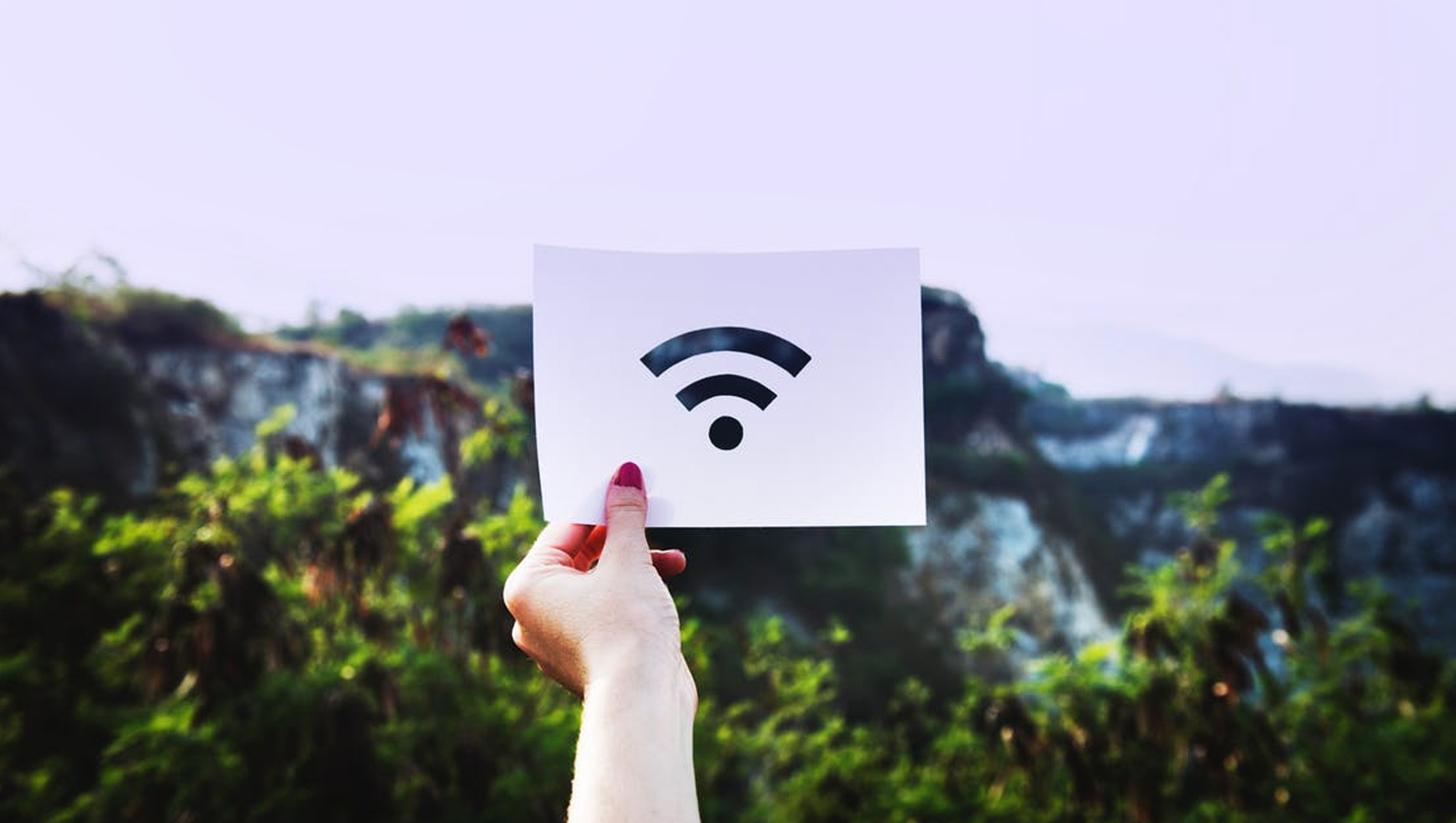 When effective campaigns rely so heavily on the trust of audiences, it is the responsibility of both the influencer and the brands to preserve authenticity
When effective campaigns rely so heavily on the trust of audiences, it is the responsibility of both the influencer and the brands to preserve authenticity
Everyone wants to be popular online. Some even pay for the privilege, using bots to falsely inflate their followings in a bid to gain paid brand partnerships. Those who have, are right to be nervous. Following Keith Weed’s high profile announcement that Unilever would no longer be working with influencers with fake followings, all eyes were on the validity of social followings in 2018. It dominated the conversation around Influencer Marketing. Instagram has since promised to crack down on paid-for followers and likes on their app.
This focus is set to continue into 2019 and authenticity will be front of mind for brands using Influencer Marketing. Not only are fake followings ineffective — a bot can’t ‘swipe up to buy’ — they are damaging to the trust followers have in influencers. It’s essential we tackle the issue now. According to a recent report, audiences are already skeptical of celebrities online and unless authenticity is preserved, the same could become true for influencers.
Read More: Influencer Marketing Without Influencer Waste
Even content creators with a squeaky clean record can struggle to maintain authenticity. As the influencer marketing industry matures, the best will find opportunities come thick and fast, becoming more lucrative all of the time. For most creatives struggling to turn their side hustle into a full-time career, they will be hard turn down. But audiences are becoming savvier too.
If an influencer accepts every opportunity that comes his way, no matter how much it contradicts with the previous week’s partnership and goes against their usual aesthetic, audiences will be able to spot their inauthenticity a mile off. Trust will be tarnished. Take away influencers’ trusted followers, and you take away their influencing superpowers.
The pressure is on for them to remain consistent to their usual style and values to keep their followers engaged, while fulfilling the needs of a brand, staying relevant and making a living.
For the majority of influencers, protecting their hard-earned following is the most important consideration. They know that to build real connections that equate to real results, there needs to be more than just a pretty photo to double tap. Followers open the app with the intention to learn or gain some sort of value from posts. The beauty scene is a great example.
Read More: Three Influencer Marketing Practices to Leave in 2018
Consistently genuine and authentic product reviews are rewarded by strong followings. Beauty influencer @gemkwatts, maintains her loyal audience with her strict and transparent — therefore trusted — product reviews. So when she does post sponsored content in her signature honest style, her authenticity remains intact.
While much of the heavy lifting is the responsibility of the content creators, brands also have a part to play in protecting the authenticity of Influencer Marketing campaigns.
Firstly in their selection of talent. Well-established, macro-influencers with their mass followings and well-known media presence might seem like the obvious choice when attempting a brand awareness campaign, but that doesn’t mean they will be the most effective. A survey by Edelman found that 49% of internet users worldwide said they trusted information from online personalities with a small following, while only 36% said the same of well-known online personalities. Celebrities, meanwhile, were the least trusted source of information, cited by 27%.
Read More: Influencer Marketing… But Not as You Know It
Smaller audiences should not be overlooked by brands. Not only are micro-influencers considerably more trusted, they can also give brands access to niche followings. These specialized interests can result in more relevant product placement and higher engagement levels.
Brands can also safeguard authenticity through the briefing process. Allowing influencers to speak about a product in their own voice and shoot it according to their established aesthetic will make for a more natural product placement. You want the post to fit seamlessly into their content feed. A post that stands out as an ad is likely to be skipped over by their audience. Trust in the influencer to know their following and what will get the best engagement.
While it’s natural that the rise in sponsored posts brings authenticity into question, its renewed focus can only be a good thing. Both influencers and brands must play their part to maintain trust in this powerful marketing technology tool. Influencers must be careful to take on only partnerships, which align to their brand values and balance these paid opportunities with credible and valuable content. Brands meanwhile should play their part with thoughtful planning and briefs that remain open to creative interpretation. While resisting the urge to shape a campaign in line with marketing objectives can feel unnerving, it’s the best way to preserve authenticity.
Read More: What Makes Influencer Marketing Platforms So Exciting?












Comments are closed.